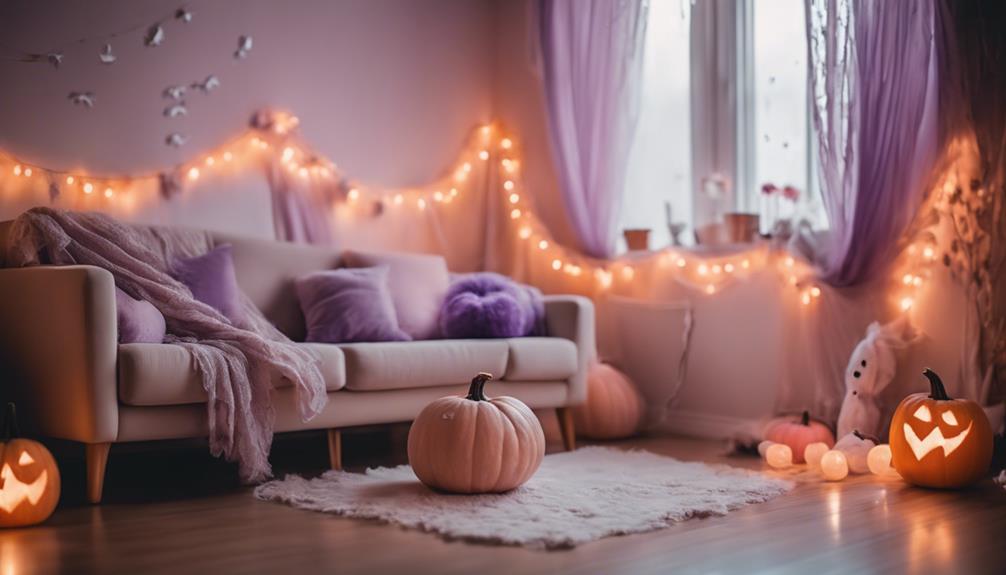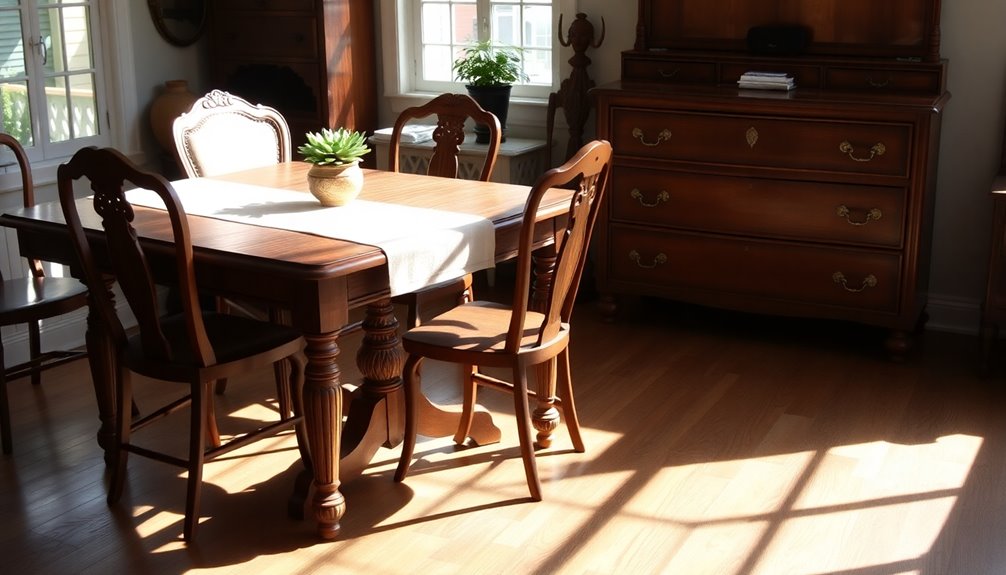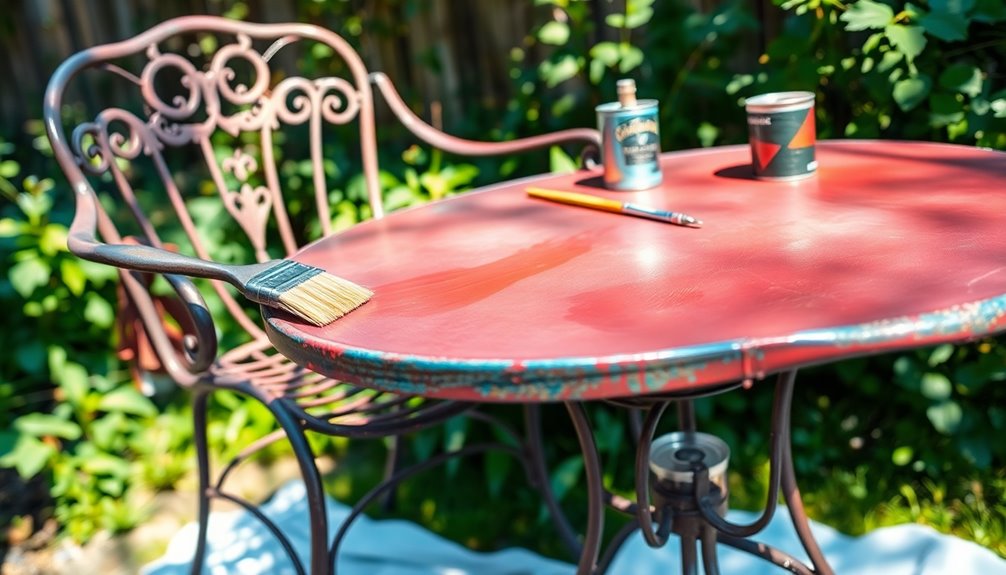You are about to discover the legacy of the Astoria, an impressive cruiser with over 75 years of rich history. Originally launched as the Stockholm in 1946, this ship has seen both triumph and tragedy, gaining the nickname “ship of death” following a notorious collision in 1956. With its timeless Art Deco design and exceptional gourmet dining experiences, the Astoria mesmerizes all who step on board. Ongoing efforts to preserve the ship ensure that its charm and maritime importance will last for generations to come. The story of the ship goes beyond just history; it invites you to appreciate a unique maritime journey, uncovering even more secrets as you delve into its past.
Key Takeaways
- The Astoria, launched in 1946, is one of the oldest operational cruise ships, showcasing maritime heritage and longevity.
- Its iconic Art Deco design features luxurious details that evoke nostalgia for the elegance of the 1940s.
- The ship has survived significant events, including a tragic collision in 1956, marking its enduring spirit in cruising history.
- Refurbishments in 1994 and 2013 preserved its classic charm while enhancing safety and modern functionality.
- Ongoing preservation efforts and community engagement initiatives aim to honor the Astoria's legacy for future generations.
History and Origins

The legacy of the Astoria, originally launched as the Stockholm in 1946, embodies a remarkable journey through maritime history.
You'll appreciate its status as one of the oldest operational cruise ships, with over 75 years of service. Its notoriety grew in 1956 when a tragic collision earned it the somber title of "ship of death."
Despite this dark chapter, the Astoria has shown incredible resilience, undergoing significant refurbishments in 1994 and 2013 to keep it sailing. These updates reflect a commitment to maintaining safety and modern functionality.
As you explore its history, you'll see how the Astoria represents not just a vessel, but a symbol of longevity and a cherished part of maritime heritage for enthusiasts everywhere.
Iconic Features and Design

Often regarded as a floating piece of history, the Astoria boasts iconic features that reflect its rich past.
You'll find that the ship's design captures the essence of a bygone era, offering a unique glimpse into luxury travel. Each detail tells a story, from the polished wood accents to the ornate fixtures that adorn its interior spaces.
Here are three standout features that define its charm:
- Classic Art Deco Elements: The ship showcases stunning Art Deco designs, transporting you back to the elegance of the 1940s.
- Historical Significance: Every corner of the Astoria echoes its storied past, providing a sense of nostalgia.
- Timeless Elegance: Refurbishments have preserved the ship's classic charm, ensuring it remains as enchanting as ever.
Signature Dining Experiences

Stepping aboard the Astoria, you're not just immersed in its rich history; you're also invited to experience a culinary journey that complements its iconic ambiance.
The ship's historic dining settings create an enchanting atmosphere for each meal. You'll savor a fusion of traditional and contemporary dishes, expertly crafted to satisfy diverse palates.
Each dining occasion is elevated by attentive service and stunning ocean views, making every meal memorable. Skilled chefs prepare gourmet cuisine in fine dining settings, ensuring that your taste buds are treated to something special.
Plus, personalized dining experiences cater to your preferences, turning meals into unforgettable moments.
On the Astoria, dining isn't just nourishment; it's a celebration of flavors against a backdrop of timeless elegance.
Notable Events and Milestones

Throughout its storied existence, the Astoria has witnessed a myriad of notable events and milestones that have shaped its legacy.
You've likely heard about some of these pivotal moments that define the ship's remarkable journey:
- The infamous collision in 1956, which marked a significant turning point in its history, earning it the title "ship of death."
- Refurbishments in 1994 and 2013, which guaranteed the vessel maintained modern functionality while preserving its classic charm.
- The bittersweet sale in 2020, following the suspension of Cruise & Maritime Voyages, a moment that stirred emotions among maritime enthusiasts.
These events not only highlight the ship's resilience but also its enduring spirit in the ever-evolving world of cruising.
Preservation Efforts and Future Plans

The preservation of the Astoria is a demonstration of its historical significance and enduring appeal. You're witnessing efforts aimed at maintaining its charm while ensuring operational standards. Future plans include recycling at Turkey's Aliaga Ship Recycling Facility, reflecting a commitment to sustainability. Each initiative honors the Astoria's rich maritime history, from its launch as the Stockholm to the infamous collision in 1956.
| Preservation Efforts | Future Plans | Impact |
|---|---|---|
| Maintain historical charm | Recycling at Aliaga Facility | Sustainable disposal |
| Regular maintenance assessments | Celebrate maritime history | Honor Astoria's legacy |
| Community engagement programs | Educational initiatives | Raise awareness of maritime history |
| Collaborations with historians | Potential for restoration projects | Preserve historical accuracy |
| Documentation of its legacy | Promote maritime sustainability | Inspire future generations |
Frequently Asked Questions
What Are the Ship's Current Operational Routes and Itineraries?
You'll find the ship currently traversing various scenic routes, often exploring Mediterranean destinations. Its itineraries include vibrant ports, offering you a chance to experience unique cultures while enjoying the charm of classic cruising. Onboard, the ship reflects an ideal nautical color palette, with deep navy blues, crisp whites, and accents of sunny yellows that evoke the serenity of the sea. Whether you’re lounging on the deck or sipping cocktails under the stars, the surroundings seamlessly blend elegance with coastal charm. Each port excursion offers its own adventure, from ancient ruins to bustling markets, ensuring every moment is as memorable as the last.
How Many Passengers Can the Astoria Accommodate at Full Capacity?
The Astoria accommodates up to 550 passengers at full capacity. You'll experience a blend of historical charm and modern comfort, making your journey memorable while enjoying the unique features this classic ship has to offer.
What Safety Measures Are in Place for Onboard Guests?
You'll be interested to know that cruise ships have an average of one crew member for every two guests. Safety measures on board include lifeboat drills, trained emergency personnel, and thorough safety equipment to guarantee your protection.
Are Pets Allowed on Board During Cruises?
Pets aren't typically allowed on board during cruises, but you should check specific cruise lines for their policies. Some may offer pet-friendly options or amenities, so it's best to confirm before booking your trip.
What Types of Entertainment and Activities Are Offered Onboard?
Breathtaking beats and brilliant banter await you onboard. You'll enjoy lively live music, engaging games, and enthralling shows. With diverse activities, there's never a dull moment, ensuring your adventure is unforgettable and full of fun!
Conclusion
As you step back from the Astoria, you can't help but chuckle at the irony: a vessel once marred by tragedy now embodies resilience and elegance. Its storied past, filled with both misfortune and transformation, invites you to appreciate the beauty in its scars. Each corner of this timeless cruiser whispers tales of survival and grace, reminding you that even in the depths of despair, there's a chance for rebirth and a celebration of enduring legacy.









